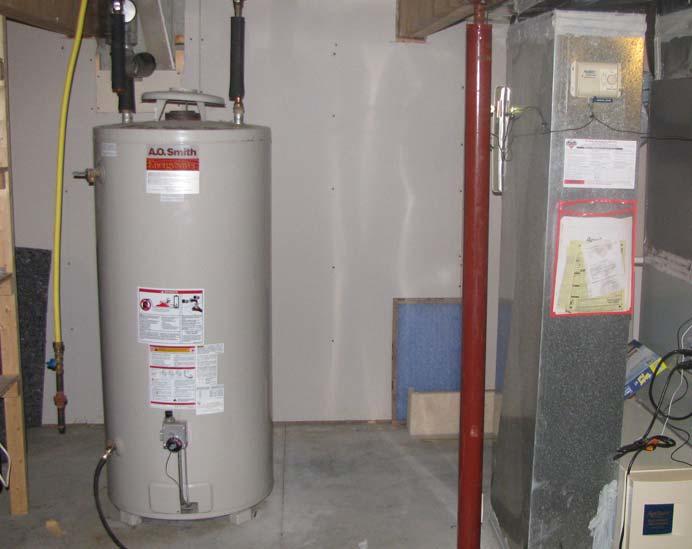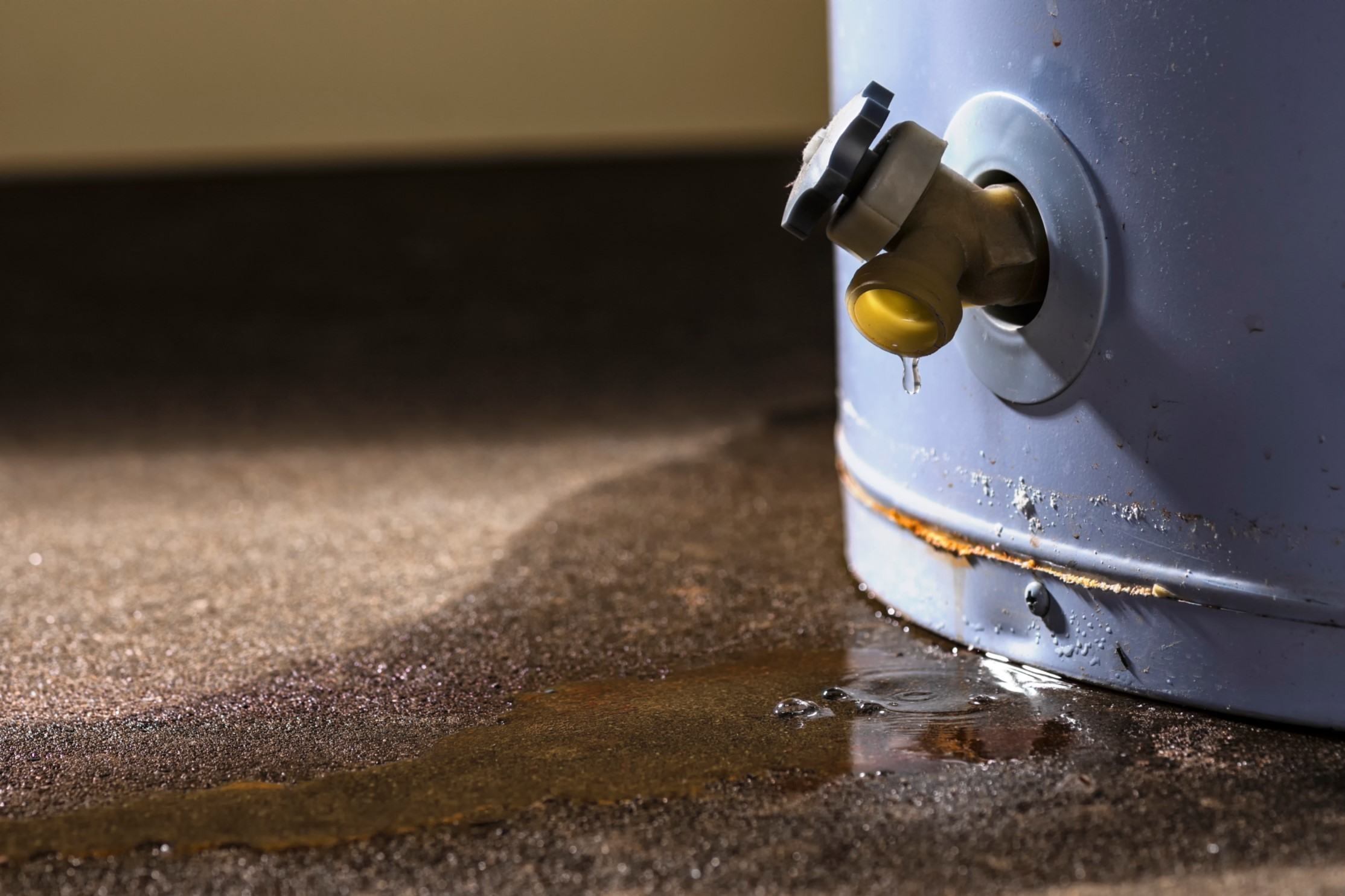Essential Advice on Caring for Your Home's Hot Water SystemEffective Strategies for Caring for Your Home's Hot Water System
Essential Advice on Caring for Your Home's Hot Water SystemEffective Strategies for Caring for Your Home's Hot Water System
Blog Article
They are making a number of good pointers about Tips on Maintaining a Water Heater as a whole in this content down below.

Warm water is important for everyday convenience, whether it's for a revitalizing shower or cleaning recipes. To ensure your hot water system runs effectively and lasts longer, regular maintenance is essential. This post supplies useful ideas and insights on how to maintain your home's hot water system to avoid disruptions and pricey repairs.
Intro
Keeping your home's hot water system might seem challenging, but with a few easy steps, you can ensure it operates smoothly for years to come. This guide covers everything from comprehending your hot water system to DIY maintenance pointers and recognizing when to call in professional help.
Importance of Maintaining Your Warm Water System
Normal maintenance not only extends the lifespan of your hot water system but also guarantees it runs successfully. Disregarding maintenance can result in decreased efficiency, greater power expenses, and even premature failing of the system.
Indicators Your Warm Water System Requirements Maintenance
Knowing when your hot water system requires focus can stop significant problems. Look out for signs such as irregular water temperature level, odd noises from the heater, or corroded water.
Recognizing Your Warm Water System
Before diving right into maintenance tasks, it's helpful to recognize the standard elements of your hot water system. Typically, this consists of the hot water heater itself, pipes, anode poles, and temperature level controls.
Regular Monthly Maintenance Tasks
Normal month-to-month checks can assist catch small problems before they escalate.
Purging the Water Heater
Flushing your hot water heater eliminates sediment build-up, enhancing efficiency and lengthening its life.
Monitoring and Replacing Anode Rods
Anode poles avoid corrosion inside the container. Examining and replacing them when worn is essential.
Evaluating and Changing Temperature Setups
Changing the temperature level settings ensures optimum performance and safety and security.
DIY Tips for Upkeep
You can do several upkeep tasks on your own to keep your warm water system in top problem.
Checking for Leakages
Routinely evaluate pipes and links for leaks, as these can bring about water damage and greater bills.
Checking Pressure Alleviation Valves
Testing the pressure safety valve ensures it operates correctly and protects against excessive stress buildup.
Protecting Pipelines
Protecting warm water pipes minimizes heat loss and can save power.
When to Call a Professional
While do it yourself upkeep is advantageous, some concerns require expert expertise.
Complex Problems Calling For Professional Assistance
Instances include major leakages, electric problems, or if your water heater is constantly underperforming.
Routine Professional Upkeep Conveniences
Professional maintenance can consist of complete examinations, tune-ups, and making certain conformity with security requirements.
Final thought
Routine upkeep of your home's warm water system is necessary for efficiency, longevity, and expense financial savings. By adhering to these tips and knowing when to seek expert aid, you can make certain a dependable supply of hot water without unexpected interruptions.
How to Maintain an Instant Hot Water Heater
Before tinkering with your hot water heater, make sure that it’s not powered on. You also have to turn off the main circuit breaker and shut off the main gas line to prevent accidents. Also turn off the water valves connected to your unit to prevent water from flowing into and out of the appliance. 2. When you’re done, you have to detach the purge valves’ caps. These look like the letter “T” and are situated on either side of the water valves. Doing so will release any pressure that has accumulated inside the valves while at the same time avoid hot water from shooting out and burning your skin. 3. When the purge valves’ caps are removed, you have to connect your hosing lines to the valves. Your unit should have come with three hoses but if it didn’t, you can purchase these things from any hardware or home repair shops. You can also get them from retail stores that sell water heating systems. Read the user’s manual and follow it to complete this task properly. When the hosing lines are connected, open the purge port’s valves. 4. You should never use harsh chemical cleaners or solutions when cleaning your unit. Make use of white vinegar instead. It should be undiluted and you’ll probably use about 2 gallons. 5. Now flush your water heater. This task should probably take about 40 minutes. We can’t give you specific directions for this because the procedure is carried out depending on the type, model and brand of your heater. With that being said, refer to the user’s manual. 6. When you’re done draining the unit, you have to turn off the purge port valves again. Remove the hosing lines that you earlier installed on each of the water valves. Put the valve caps (purge port) back in their respective places and be very careful so as not to damage the rubber discs that are found inside these caps. 7. Now that everything’s back in place, check your user’s manual again to find out how to reactivate your water heating system. 8. Once it is working, turn one of your hot water faucets on just to let air pass through the heater’s water supply pipes. Leave the tap on until water flows smoothly out of it. https://www.orrplumbing.com/blog/2014/september/how-to-maintain-an-instant-hot-water-heater/

Hopefully you enjoyed reading our article about Tips For Maintaining Your Hot Water Heater. Thanks so much for finding the time to read our post. If you please take a moment to promote this blog posting if you liked it. Thanks for your time. Revisit us soon.
Estimate Free Report this page